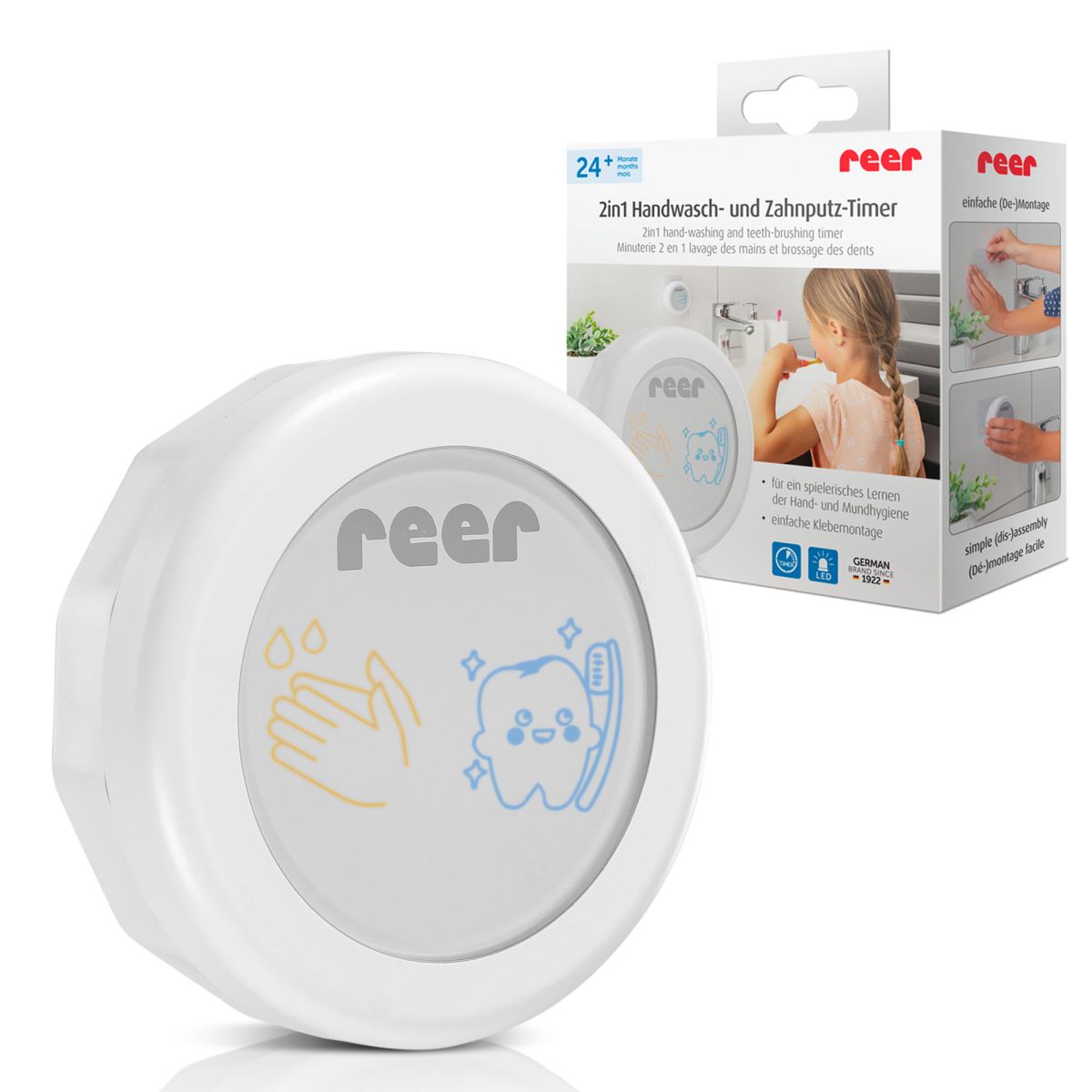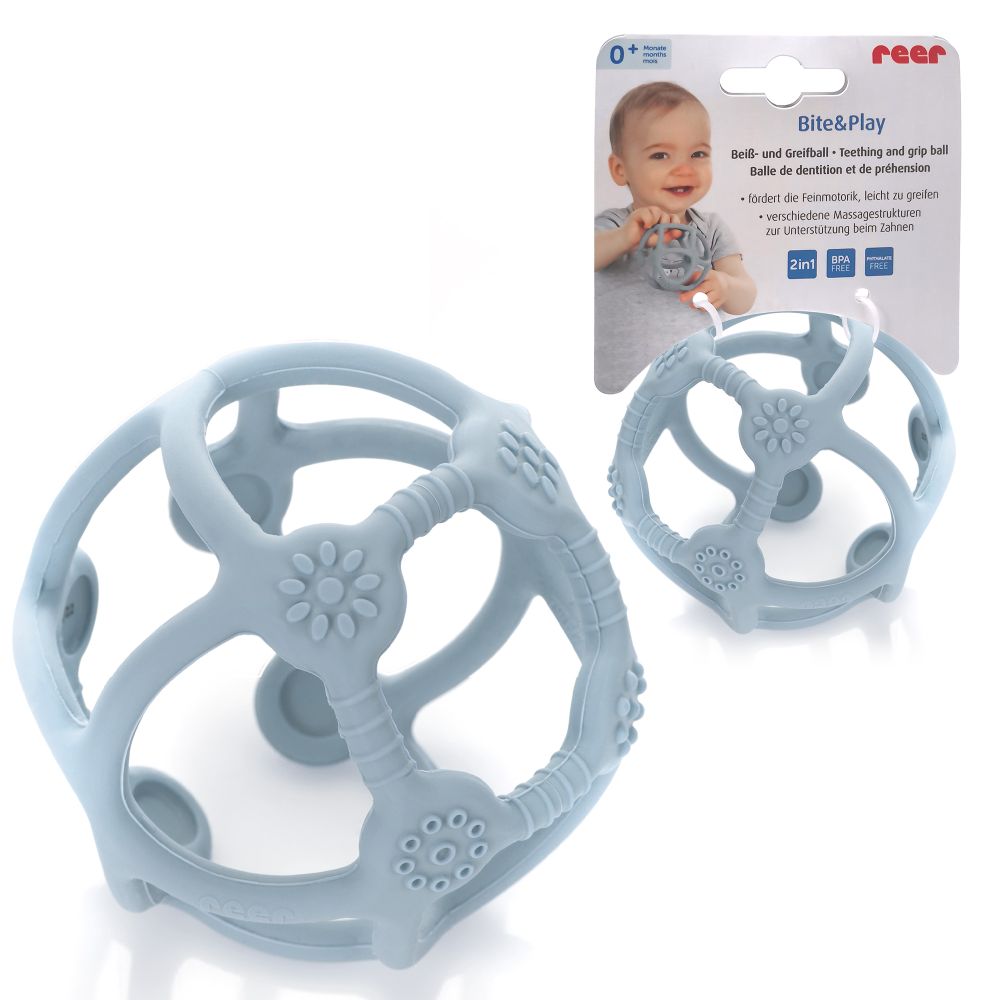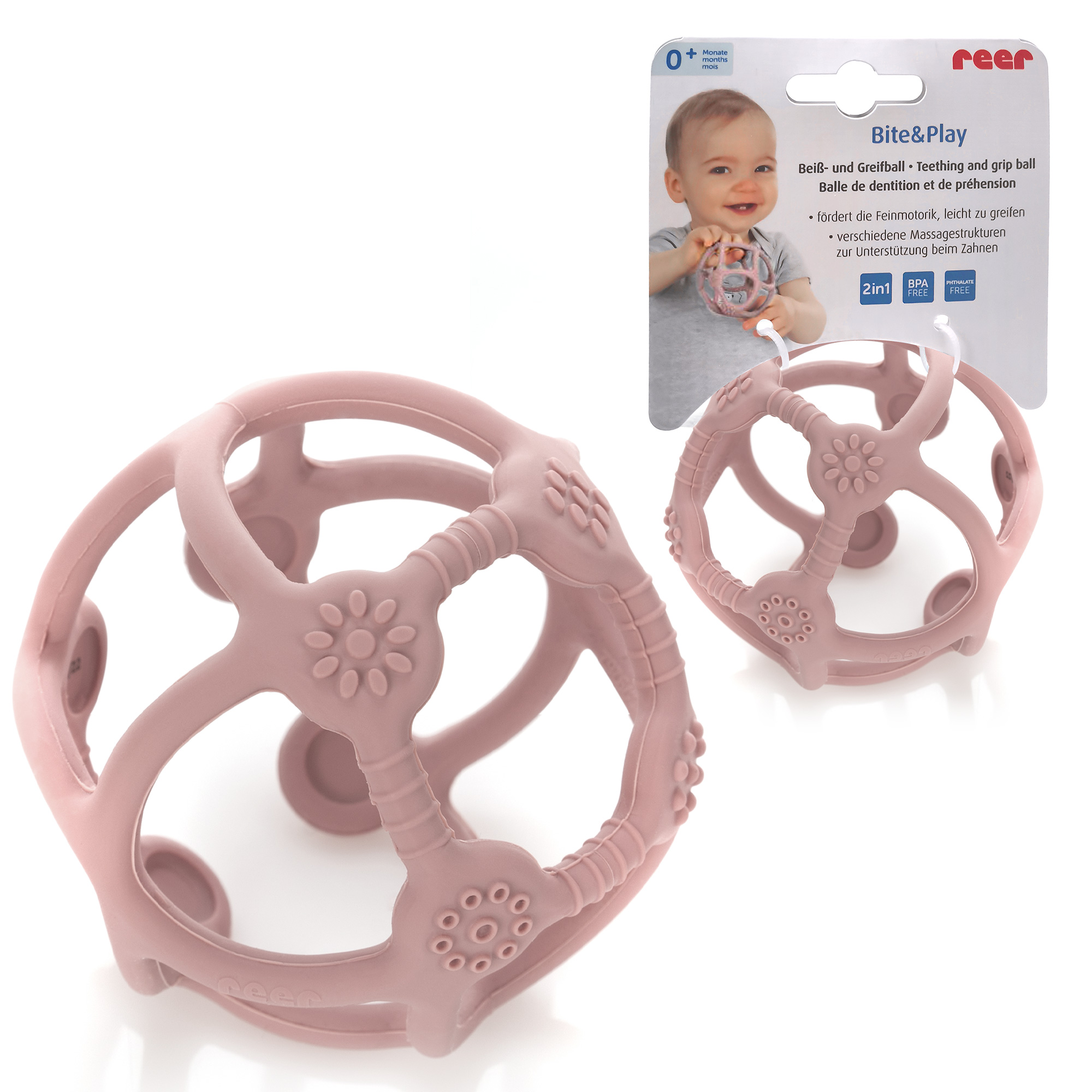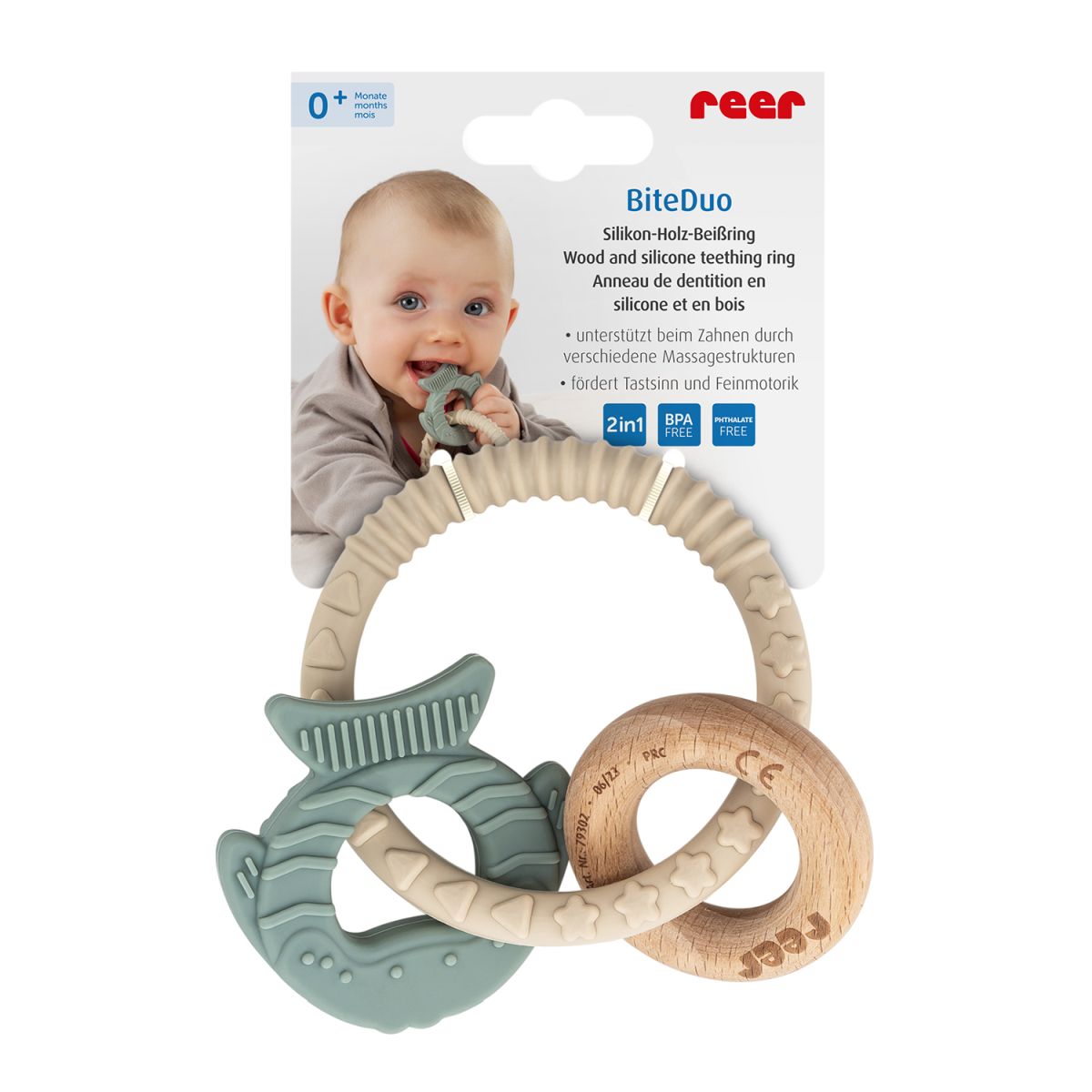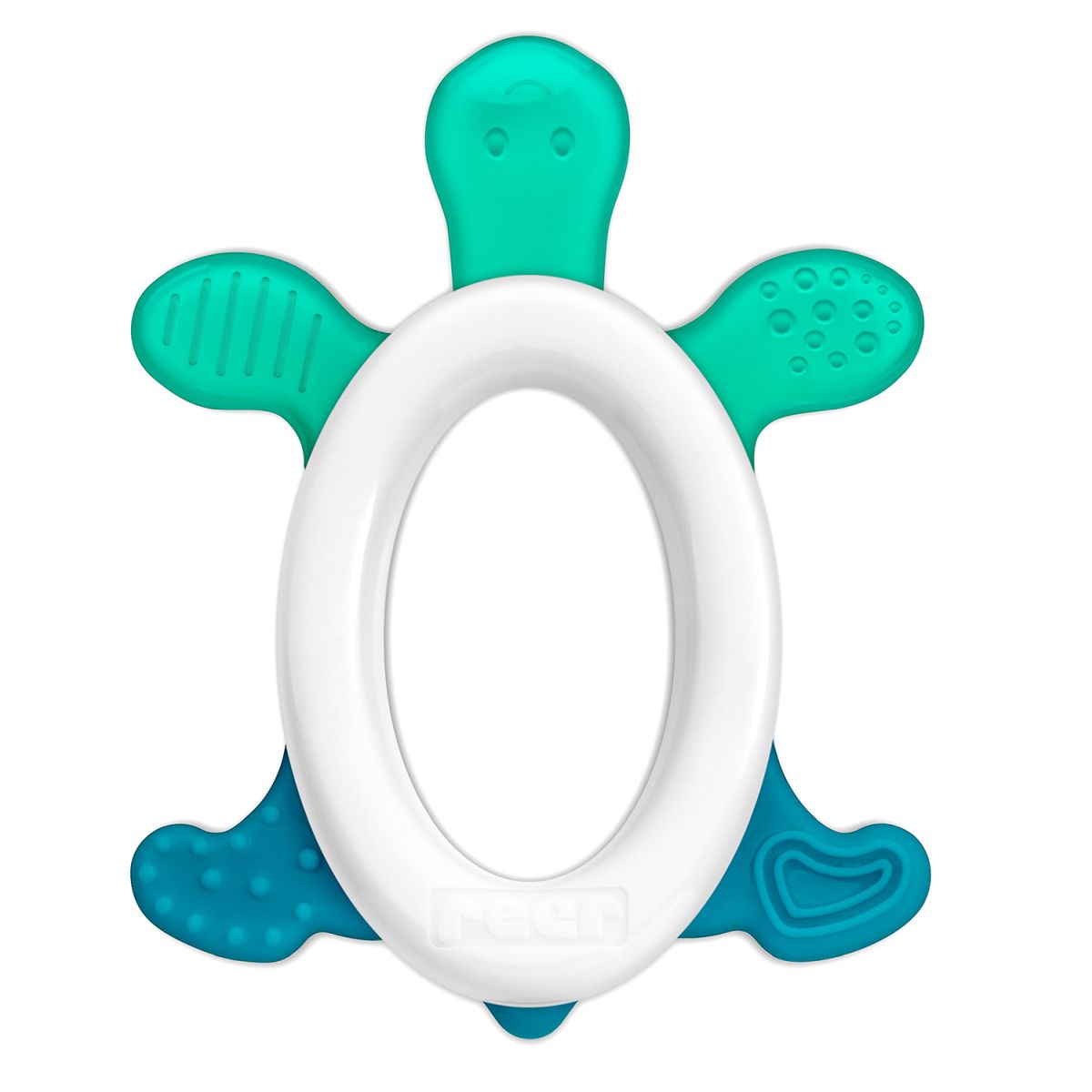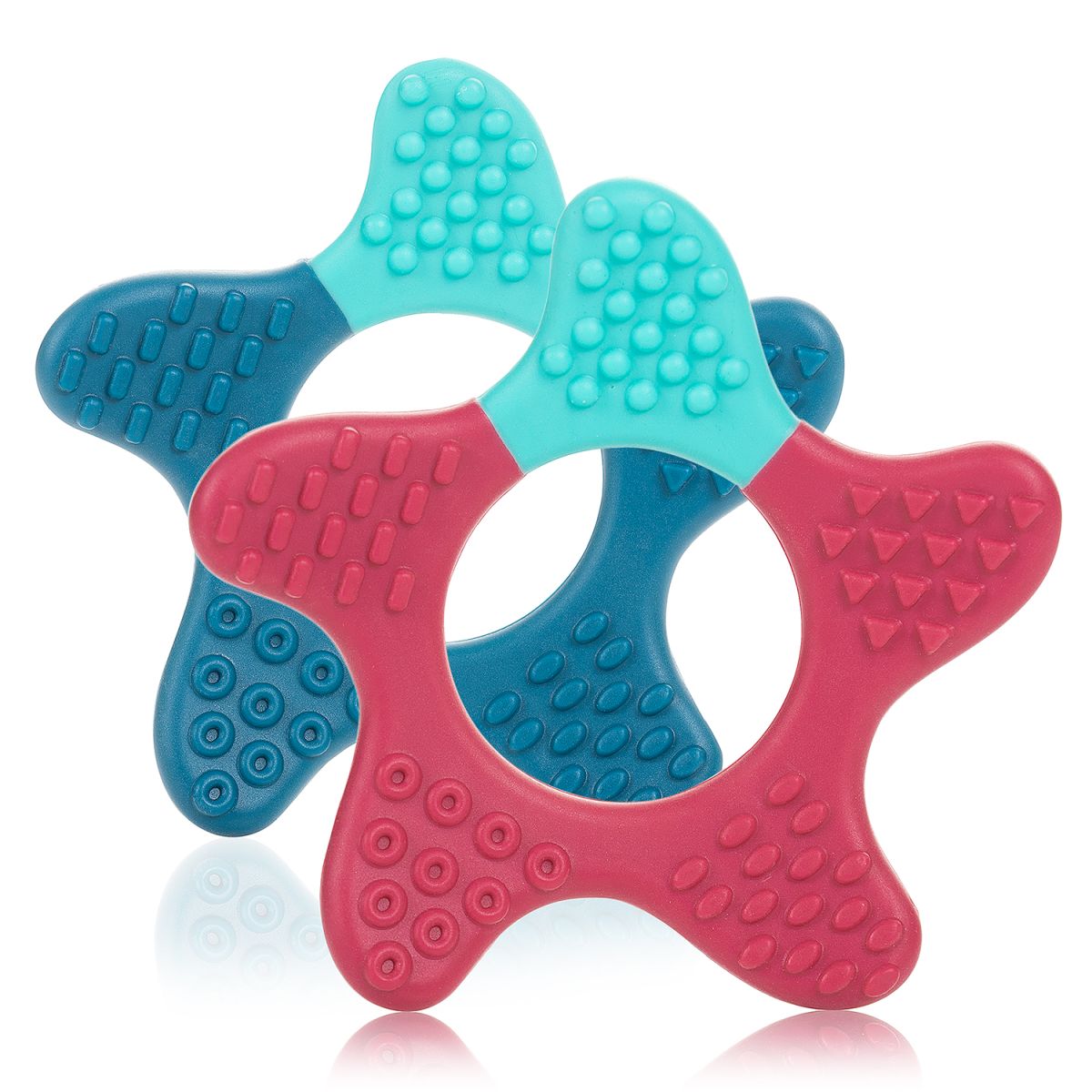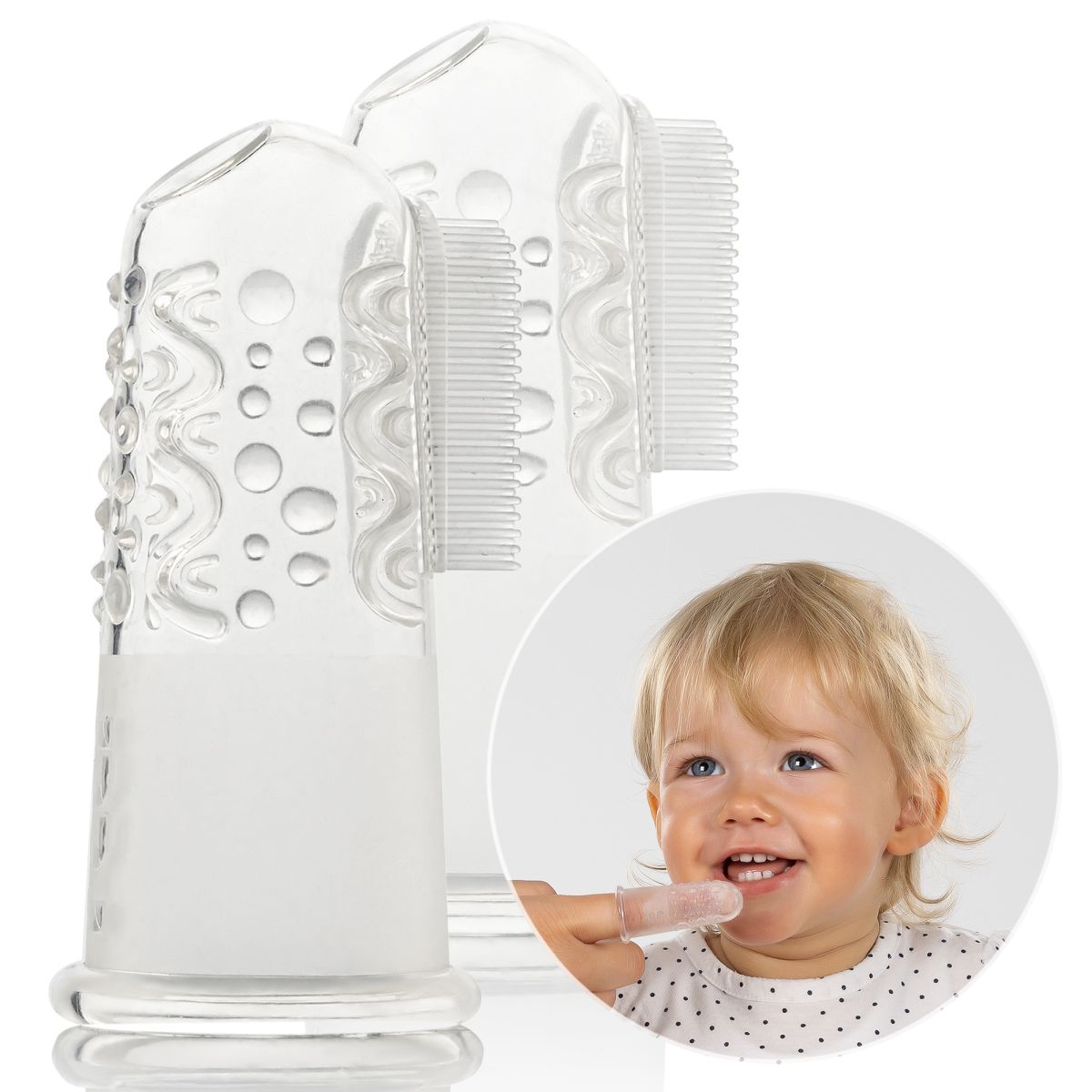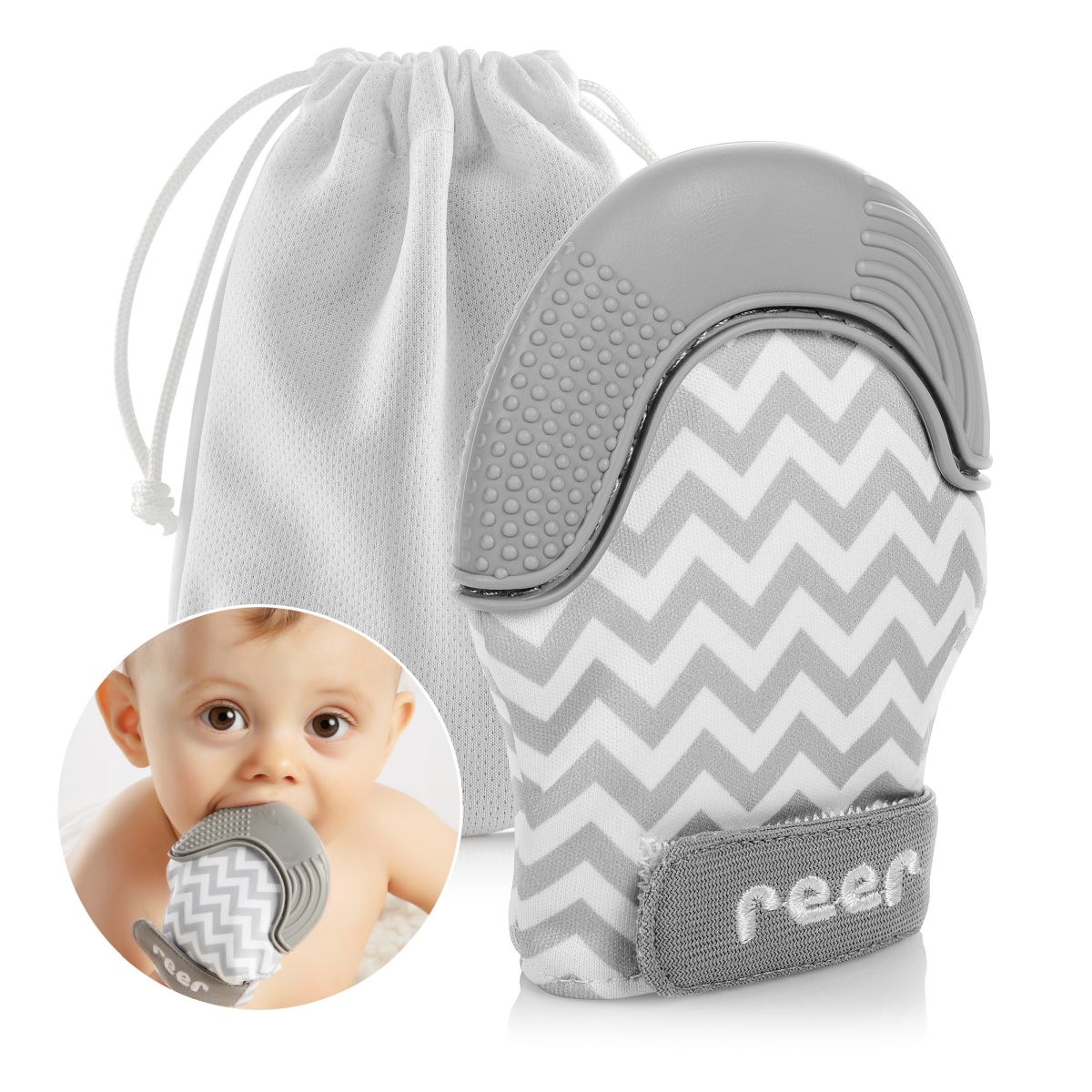Toothing Aids and Tooth Care
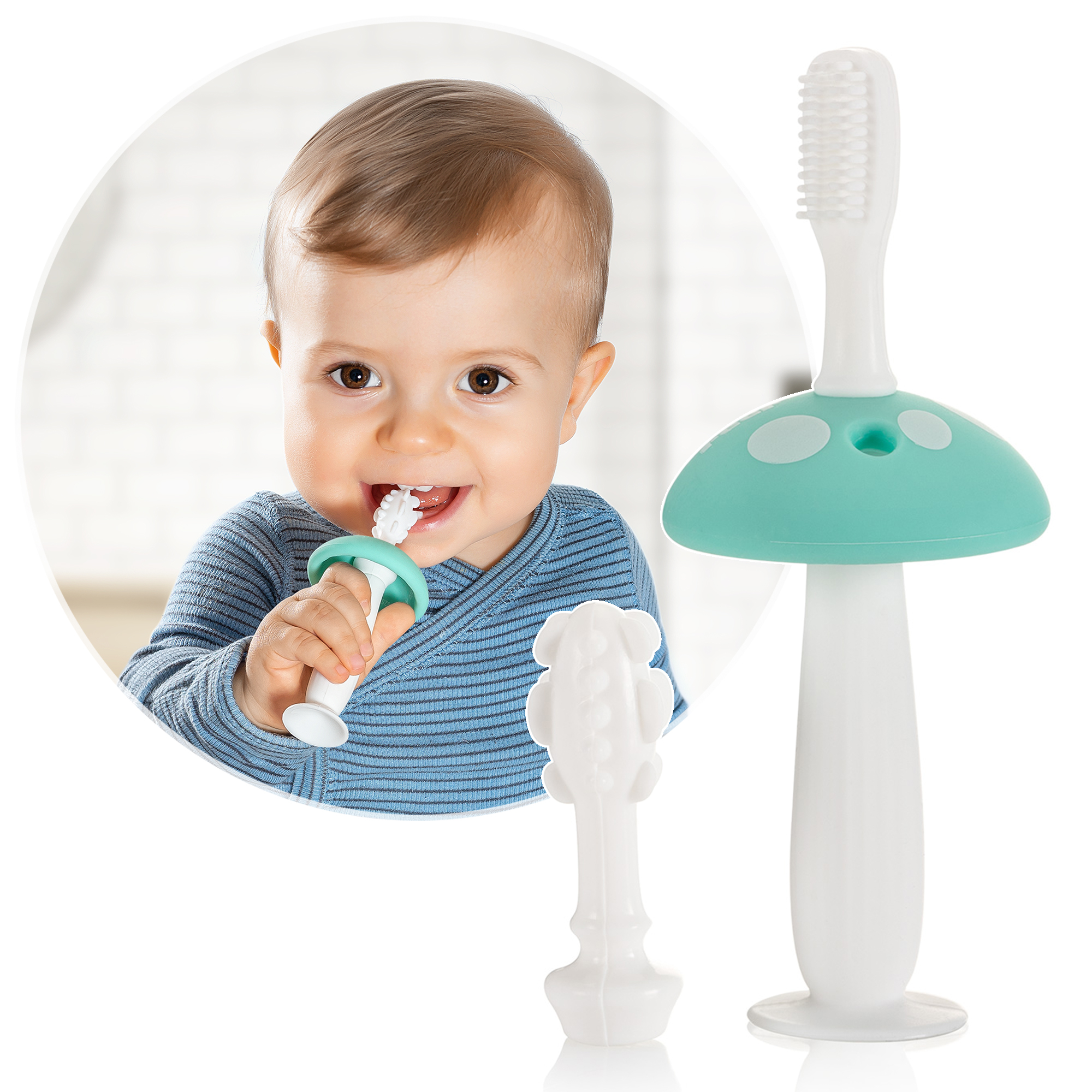
So you can protect those first little teeth with ease
It is a big moment for the development of your darling when that first tooth flashes for the first time in their little mouth. Many young parents are very proud of this little first tooth, however, unfortunately, teething also brings discomfort, difficulties and restlessness.
Here you will find out what teething aids will help your baby through this step of development as well as how you can properly care for these new tiny teeth.
What helps your baby teething
For centuries, parents have had great compassion for their teething children. As a result, numerous home remedies found their way into nurseries and are still passed down by grandmothers and midwives today.
- Violet Roots
- Classic teething aid for chewing
- Amber necklaces
- The best option: cooling teething rings
What helps with teething on the go?
The swollen gums and pressure on the jaw will accompany your baby from around the sixth-month mark to their second birthday. The pain can occur at any time, even on the go.
A common teething aid is not a good companion in the stroller, as your baby could easily throw it out. So it ends up in the dirt or, in the worst case gets lost.
A teething glove is a wonderful alternative. It can be adjusted to fit your baby's hand with a Velcro strap so it won't get lost. The glove is made of absorbent, breathable material that can absorb your baby's saliva. At the top of the glove is a chewing strip with various grooves that make it easier for your baby to chew. In addition, there is a crackle foil inside the glove to distract your child from the pain of teething and keep him or her busy while on the go.
A common teething aid is not a good companion in the stroller, as your baby could easily throw it out. So it ends up in the dirt or, in the worst case gets lost.
A teething glove is a wonderful alternative. It can be adjusted to fit your baby's hand with a Velcro strap so it won't get lost. The glove is made of absorbent, breathable material that can absorb your baby's saliva. At the top of the glove is a chewing strip with various grooves that make it easier for your baby to chew. In addition, there is a crackle foil inside the glove to distract your child from the pain of teething and keep him or her busy while on the go.
What helps with the pain?
Distraction is always a good choice when your baby is suffering from teething pain. Sing to him, show him rattles or crackling toys. A teething aid with an integrated rattle or crackling foil is the ideal choice, because in addition to distraction, pain relief through chewing is the best remedy for the severe pressure pain on your baby's jaw.
When a new tooth is coming in, your child's body is under a lot of stress. Infections can often affect your baby during this time. If he or she gets a fever or diarrhoea or seems weakened, then a trip to the paediatrician may be necessary.
What does baby's dental care look like?
As soon as the first tooth is there, it needs care. This is how you prevent the early development of tooth decay in your baby and get him used to having to do daily dental care routine.
In the beginning, a finger toothbrush is ideal. You put this special toothbrush on your finger and can comfortably stroke over the teeth. After a while, your baby will need a toothbrush.
Soon your baby will need their own toothbrush with which they can learn to care for their teeth. Initially, they will need a toothbrush with nubs, so that they can chew it, getting them used to holding the toothbrush. the proper way The actual dental care you take over.Later, you can offer your baby a toothbrush with a small head, soft, rounded bristles and an ergonomic handle to help him learn to care for his teeth. A plate below the brush head ensures that your baby can't push the toothbrush too far into their little mouth.
Even if your baby has their own toothbrush, dental care remains your responsibility until first grade. Let your child brush himself and then you brush again. You can always take the opportunity to teach your child about proper dental care.



